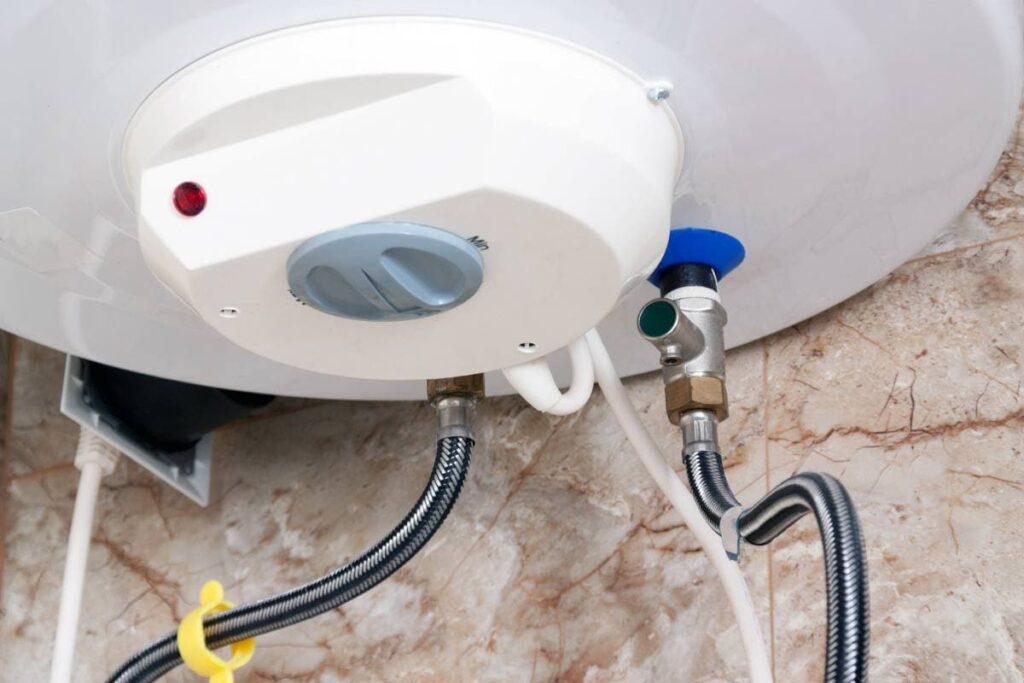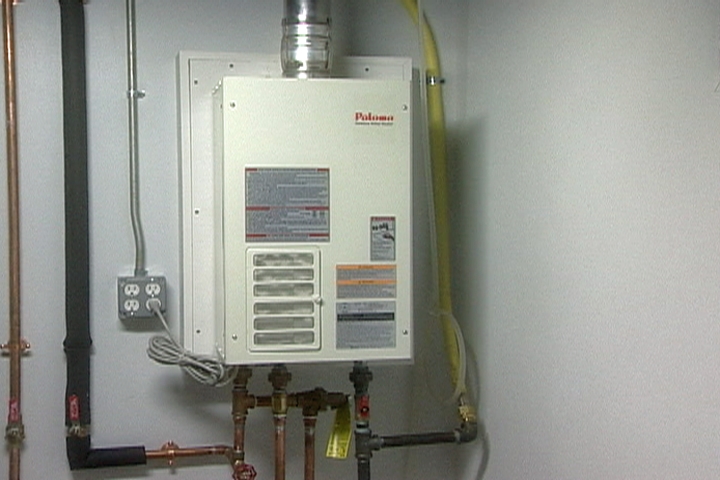How to Properly Maintain Your Home's Hot Water System
How to Properly Maintain Your Home's Hot Water System
Blog Article
What are your opinions about What Kind of Maintenance Do Water Heaters Need??

Warm water is crucial for day-to-day comfort, whether it's for a refreshing shower or cleaning meals. To ensure your warm water system runs successfully and lasts much longer, routine maintenance is vital. This post offers practical pointers and understandings on exactly how to maintain your home's warm water system to avoid disturbances and expensive repair work.
Intro
Keeping your home's hot water system could seem challenging, yet with a few simple actions, you can ensure it runs efficiently for many years to find. This overview covers every little thing from understanding your hot water system to DIY maintenance ideas and understanding when to employ expert help.
Value of Maintaining Your Warm Water System
Regular upkeep not just prolongs the lifespan of your warm water system however also ensures it runs effectively. Disregarding upkeep can result in lowered efficiency, greater power bills, and even early failing of the system.
Signs Your Warm Water System Demands Maintenance
Understanding when your hot water system requires focus can avoid significant concerns. Look out for indications such as irregular water temperature, odd sounds from the heater, or rustic water.
Recognizing Your Warm Water System
Before diving into upkeep tasks, it's valuable to recognize the basic components of your hot water system. Normally, this includes the water heater itself, pipelines, anode poles, and temperature level controls.
Monthly Maintenance Tasks
Regular regular monthly checks can aid capture minor issues before they intensify.
Purging the Hot Water Heater
Purging your water heater removes sediment accumulation, enhancing effectiveness and lengthening its life.
Monitoring and Replacing Anode Rods
Anode rods avoid corrosion inside the tank. Inspecting and replacing them when worn out is essential.
Evaluating and Readjusting Temperature Level Setups
Changing the temperature settings guarantees optimal efficiency and security.
DIY Tips for Maintenance
You can carry out several maintenance jobs on your own to keep your hot water system in top condition.
Checking for Leaks
Routinely inspect pipelines and links for leaks, as these can lead to water damages and greater costs.
Examining Stress Relief Valves
Evaluating the stress safety valve ensures it functions correctly and protects against excessive pressure build-up.
Protecting Pipes
Insulating warm water pipelines minimizes warm loss and can save energy.
When to Call a Specialist
While do it yourself maintenance is advantageous, some issues call for specialist experience.
Facility Problems Requiring Specialist Assistance
Examples include significant leaks, electric issues, or if your water heater is consistently underperforming.
Regular Professional Maintenance Conveniences
Expert maintenance can consist of extensive evaluations, tune-ups, and making certain compliance with safety criteria.
Final thought
Regular maintenance of your home's hot water system is necessary for efficiency, long life, and price savings. By adhering to these suggestions and recognizing when to seek specialist help, you can make certain a trusted supply of hot water without unanticipated disruptions.
How to Maintain an Instant Hot Water Heater
Before tinkering with your hot water heater, make sure that it’s not powered on. You also have to turn off the main circuit breaker and shut off the main gas line to prevent accidents. Also turn off the water valves connected to your unit to prevent water from flowing into and out of the appliance. 2. When you’re done, you have to detach the purge valves’ caps. These look like the letter “T†and are situated on either side of the water valves. Doing so will release any pressure that has accumulated inside the valves while at the same time avoid hot water from shooting out and burning your skin. 3. When the purge valves’ caps are removed, you have to connect your hosing lines to the valves. Your unit should have come with three hoses but if it didn’t, you can purchase these things from any hardware or home repair shops. You can also get them from retail stores that sell water heating systems. Read the user’s manual and follow it to complete this task properly. When the hosing lines are connected, open the purge port’s valves. 4. You should never use harsh chemical cleaners or solutions when cleaning your unit. Make use of white vinegar instead. It should be undiluted and you’ll probably use about 2 gallons. 5. Now flush your water heater. This task should probably take about 40 minutes. We can’t give you specific directions for this because the procedure is carried out depending on the type, model and brand of your heater. With that being said, refer to the user’s manual. 6. When you’re done draining the unit, you have to turn off the purge port valves again. Remove the hosing lines that you earlier installed on each of the water valves. Put the valve caps (purge port) back in their respective places and be very careful so as not to damage the rubber discs that are found inside these caps. 7. Now that everything’s back in place, check your user’s manual again to find out how to reactivate your water heating system. 8. Once it is working, turn one of your hot water faucets on just to let air pass through the heater’s water supply pipes. Leave the tap on until water flows smoothly out of it. https://www.orrplumbing.com/blog/2014/september/how-to-maintain-an-instant-hot-water-heater/

I hope you enjoyed our article about Tips For Maintaining Your Hot Water Heater. Many thanks for spending some time to read through our post. Sharing is caring. Helping people is fun. Thanks a lot for your time spent reading it.
Details Report this page